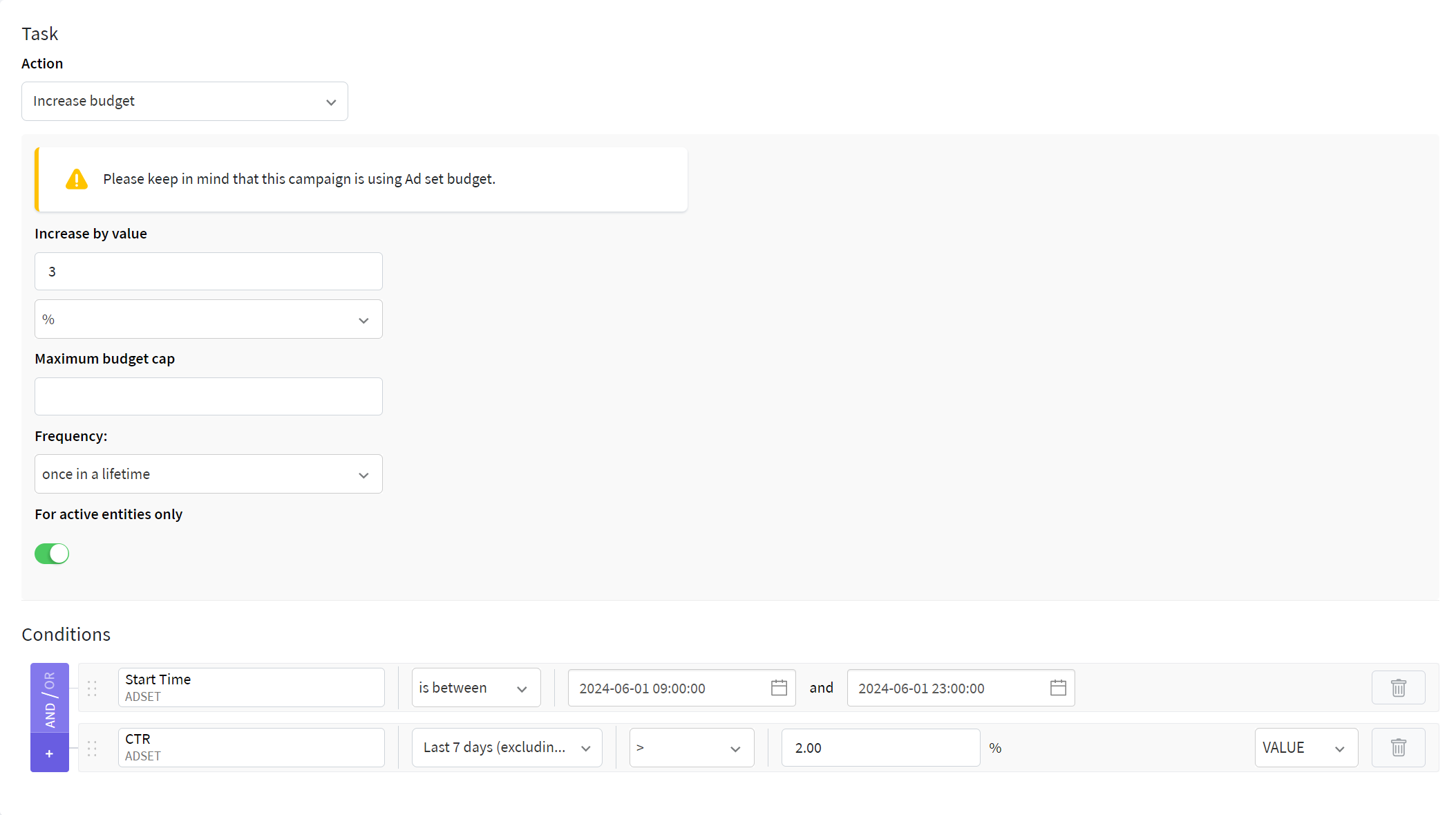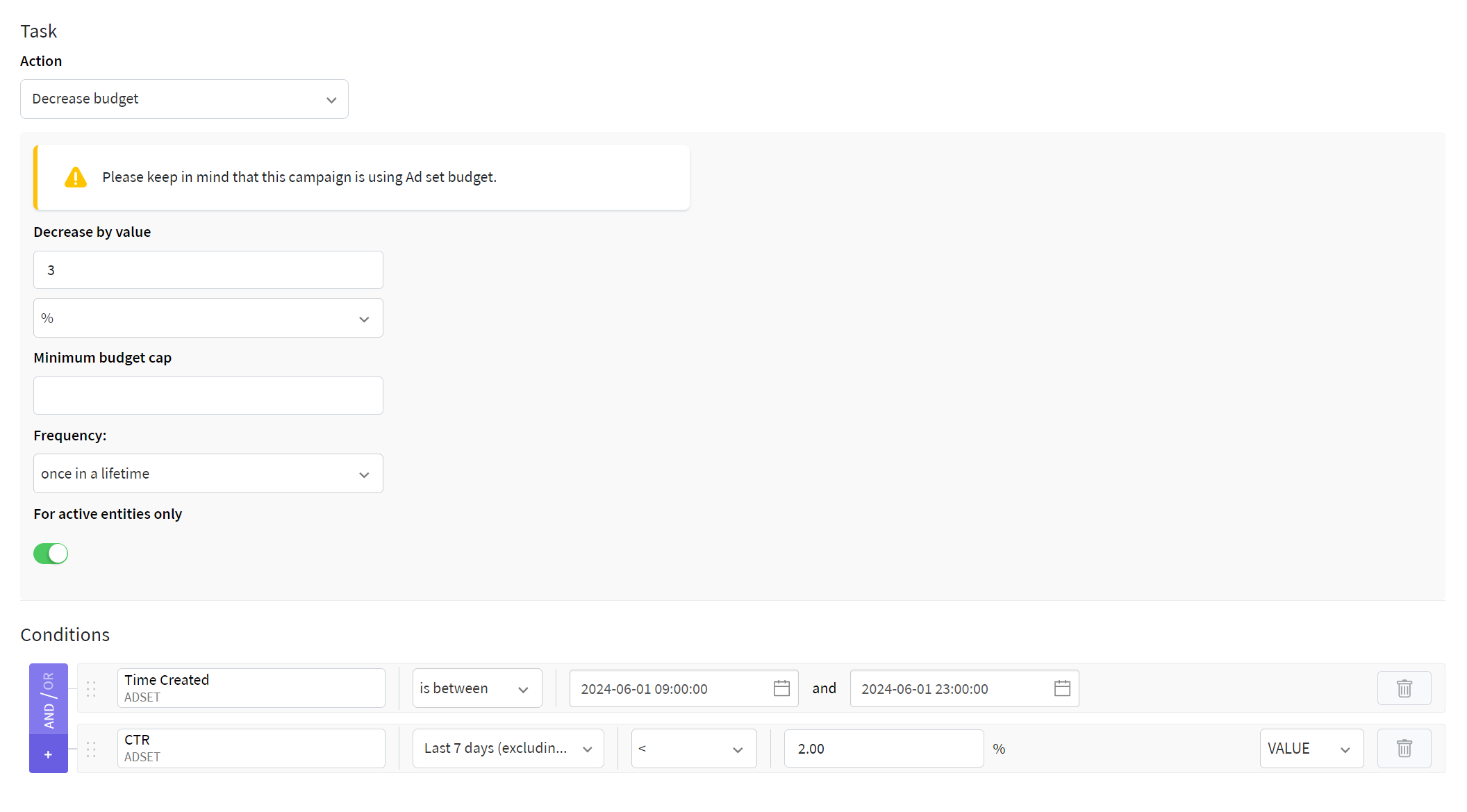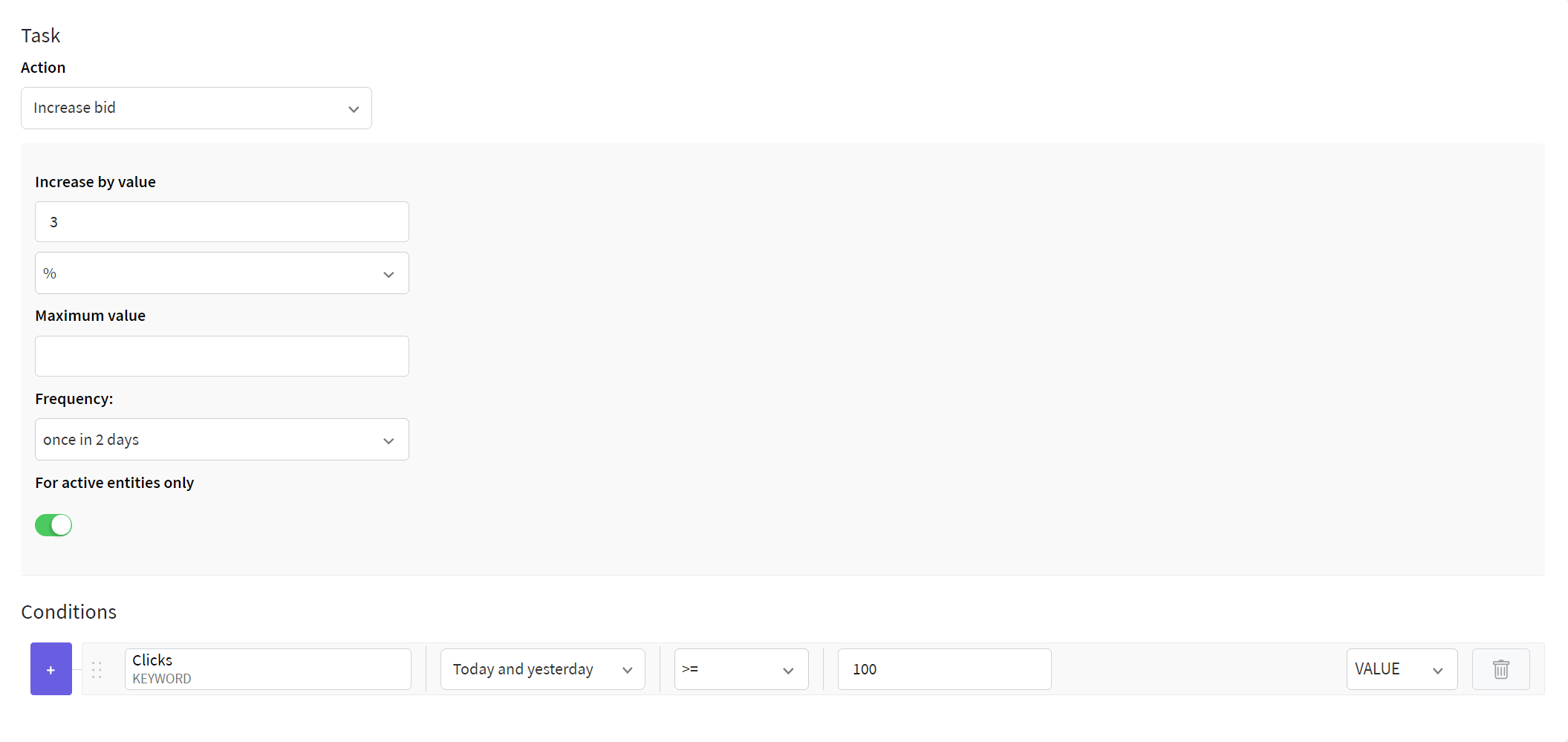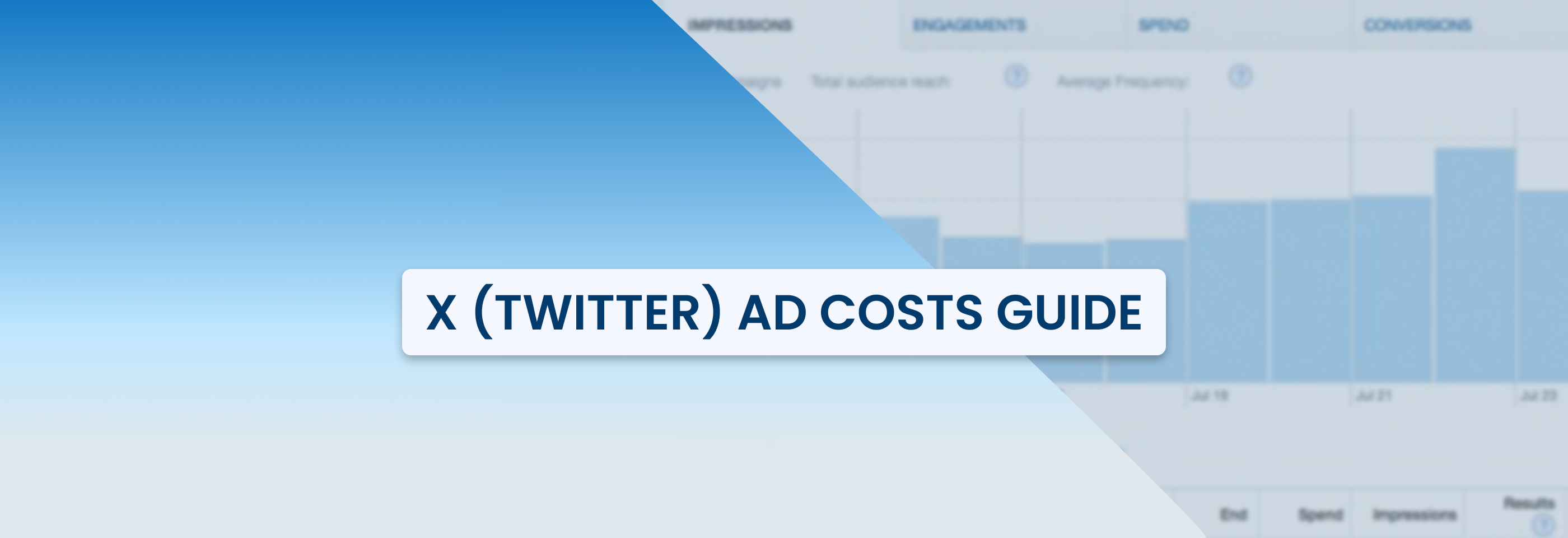How to Leverage Meta and Google Ads for Higher ROI
2024-06-09

In today's digital world, sticking to just one advertising platform isn't enough. We've already discussed how to choose between Google ads and Meta ads, but there's a better option: using both platforms together in a multi-channel strategy. By combining the powerful advertising tools of both Google and Meta, you can increase your brand's visibility, reach a wider audience, and get more conversions.
This article will guide you through the benefits of using both Google and Meta ads together and show you how to effectively manage your ad campaigns using automation tools like ConvertBomb.
By the end of this article, you'll see how a multi-channel strategy can give your business a competitive edge and how to use automation to save your time and optimize your campaigns for the best results.
Benefits of a combined advertising strategy
Using both Google Ads and Meta Ads can greatly boost your advertising efforts. Each platform offers distinct advantages, and when combined, they can work together effectively.
Let's explore the specific benefits of this strategy.
1. Uniting multiple touchpoints in customer journeys
Customers rarely make a purchase decision after seeing just one ad. It usually takes multiple touchpoints to convert a potential customer. This is where using both Google ads and Meta ads becomes highly effective.
You can create a sequence of ads that guide potential customers through the buying journey. For example, a user might see an awareness ad on Meta first, followed by a consideration ad on Google, and finally a conversion-focused ad on both platforms.
Then, you can retarget users who have interacted with your ads or visited your website to keep your brand fresh in their minds. For example, someone might click on your Meta ad but not make a purchase. Later, a Google Display ad can remind them of your brand and prompt a conversion.
2. Targeting different stages of the sales funnel
Google Ads and Meta Ads complement each other by targeting different stages of the buying funnel:
- Top of Funnel (TOFU): Meta ads are perfect for TOFU activities like generating awareness and interest. You can use engaging content to introduce your brand to new audiences;
- Middle of Funnel (MOFU): once users are aware of your brand, Google ads can capture their intent when they start searching for more information. Meta ads can also nurture these leads with content that educates and builds trust;
- Bottom of Funnel (BOFU): Google ads are crucial at this stage to capture high-intent searches and drive conversions. You can also use Meta ads for retargeting to remind users of products they viewed but didn't purchase.
3. Increased reach and brand visibility
Using both platforms increases your reach and ensures that your brand is visible across different channels.
Users often switch between platforms throughout the day. Therefore, by advertising on both Google and Meta, you can ensure your brand is visible wherever they are, whether they're searching for information or scrolling through social media.
When it comes to targeting capabilities, Google ads can target users based on specific search queries and intent, while Meta ads can reach people based on their demographic information, interests, and behaviors. This gives you an opportunity to tailor your messaging to different segments of your audience.
Overall, this multi-platform approach helps you reach a larger audience and increases the chances of converting potential customers.
4. Diverse ad formats
Each platform offers unique ad formats that can engage different audience segments.
Here are the formats available on Google:
- Search ads are ideal for targeting users actively searching for specific products or services;
- Display ads are great for visual storytelling and retargeting users across the web;
- YouTube ads are perfect for video content that engages users on the second-largest search engine.
And here are the formats you can use on Meta:
- Image ads are simple and effective for grabbing attention with compelling visuals;
- Carousel ads allow you to showcase multiple products or features in a single ad;
- Video ads are highly engaging and great for storytelling;
- Stories ads are full-screen, immersive ads that appear between user-generated content on Instagram and Facebook.
This diversity of formats allows you to create engaging content tailored to all possible preferences your customers might have.
Now, let’s check how a multi-channel advertising strategy might work.
Multi-channel advertising framework
By now, you get the deal: running ad campaigns on both Google and Meta can help you achieve much better results than focusing just on one platform at a time. They can work together to boost awareness, engagement, and sales.
But how can you integrate your Google and Meta ad campaigns into one strategy?
Here’s one possible framework for using both platforms at the same time:
1. Build initial interest with Meta ads
Meta ads (like other social media ads) are excellent for raising brand awareness. So, first, people might see your ads on Facebook or Instagram and get interested in your offers. You can use interest-based targeting here to introduce people similar to your customers to your brand.
For example, if you sell fitness equipment, you can target people who follow fitness influencers or pages related to health and wellness and show them ads with appealing visuals that demonstrate the lifestyle they aspire to.
However, not all of them will convert right away: they’ll probably want to research your business and products a bit before making a decision. That’s when the second stage of the process begins.
2. Capture intent with Google ads
Google ads are perfect for capturing users with commercial or buying intent, which means that they are looking to either get information about certain products or services, or want to buy them.
So, people can go on Google to look up your business and offers from similar brands – this way, they can draw comparisons and choose the best options. Here, you need to convince them that it is your business that can satisfy their needs or solve their problems.
To continue with our example, let’s imagine that someone who saw your fitness equipment ad on Meta might go to Google and search for “best home gym equipment” or “buy fitness gear online.” If you have Google ads targeting these keywords, your ads will appear in their search results. And if you use the same messaging as in your Meta ads, they’ll likely remember your brand and decide to check it out.
This helps you drive relevant traffic to your website, provide necessary information to these users, and ultimately make them convert. Also, it not only strengthens your marketing message but also builds trust: by showing up in their search results, your business will appear more credible and reliable.
Also, remember that Google Shopping ads can help you show your products directly in search results with images, prices, and customer reviews. This will make it easier for potential buyers to compare options and make a purchase decision quickly.
In short, the two-step process goes like this:
- Meta ads help you raise brand awareness by reaching users based on specific characteristics;
- Google ads help you target users at the consideration and conversion stages, i.e. those with purchase intent.
To make this process even more effective, you can also add an additional third step to it.
3. Retarget on both platforms
By retargeting users who engage with your ads, content, or website on both Google and Meta, you can convert those still doubting and drive repeated purchases from existing customers.
Some users might have clicked on your Google ad but didn't buy, or they engaged with your content on Meta but left your website without converting. By reminding these users of your products or services, you can nudge them towards making that final decision.
Retargeting also works wonders for existing customers. Let's say someone bought from you once. With retargeting, you can show them ads for related products or new arrivals and encourage them to buy again.
Remember that retargeting ads can be tailored based on user behavior. For example, if a user adds an item to their cart but doesn’t complete the purchase, you can show ads reminding them to finish their order with a discount as an additional incentive. If they visit a specific product page multiple times, you can highlight the benefits of that product or share customer reviews to encourage them to buy.
In short, retargeting on both Google and Meta keeps your brand top-of-mind for users who have already shown interest. This multi-channel approach ensures your message reaches users wherever they are, increasing the chances of conversion.

Note: the whole process can also work in reverse. For example, a user might click on your Google search ad, go to your website, add a product to their cart, but not complete the purchase. Later, an ad on Facebook or Instagram can remind them about the item they were interested in and offer some additional incentive to convert.
A multi-channel advertising strategy like this sounds quite alluring. But what about managing multiple ads on different platforms? This can quickly get too difficult, so let’s see how this problem can be solved.
Using automation to manage Google and Meta ad campaigns
Managing ad campaigns across multiple platforms can be complex and time-consuming. Luckily, there are ad automation tools that make the process a lot easier.
For example, with ConvertBomb, you can easily automate the process of managing and optimizing your Google and Meta ad campaigns with the help of automated rules.
Here’s what ConvertBomb can help you with:
- Save time: you can automate routine tasks and focus on strategic planning instead;
- Improve efficiency: you can ensure your campaigns are always optimized without constant manual monitoring;
- Enhance performance: you can quickly respond to performance changes to maximize your ad spend's effectiveness.
Let’s go through some examples of effective automated rules you can set up for managing campaigns on both platforms.
1. Pause underperforming ads
If your ads aren't performing well, it may be necessary to pause them to avoid wasting your budget.
For example, you might be running Meta ads to raise initial awareness about your brand. If they don’t get enough impressions, even though you’re spending more than enough on them, it might be the sign that something needs to be optimized or changed. And while you work on that, it can be a good idea to pause these ads for the time being to avoid budget waste.
So, you can set a rule to pause Meta ads that have spent more than $200 of their budget during the past 3 days while generating only 100 impressions or less.

At the same time, you might also be running Google ads with the same messaging or offers to drive traffic to your website. If you see that the number of clicks is too low while they had more than 1000 impressions, stopping them can give you some time to analyze the metrics and find out what could be causing it.

Basically, if your ads aren't bringing you the impressions, clicks, and visits that you need, it can be better to stop them. This way, you can focus your budget on better-performing ads and improve your overall campaign efficiency.
This type of rule is particularly useful for campaigns where performance can vary greatly, like in the case of seasonal promotions or when testing new ad creatives.
2. Increase budgets for high-performing ads
Now, let’s say that you’re running Meta ad campaigns to drive website traffic and Google ad campaigns to get more conversions. If your ads are actually performing quite well, you might want to scale them.
In this case, you can set a rule to increase the budget by 3% for Meta campaigns with a CTR above 3% and a cost per click below $0.50 that were maintained during the last 7 days. This can help you capitalize on your ads’ success and attract even more engagement and clicks.

For your Google ad campaigns, you can use a rule that raises the budget by 5% for ads with more than 50 conversions. This way, more money will be allocated to campaigns that are already driving significant sales.

This type of rule is particularly useful during peak shopping seasons or for campaigns promoting limited-time offers where high-performing ads can significantly boost sales.
3. Send performance alerts
Keeping an eye on your ad performance is crucial when you’re running multiple campaigns across several platforms. Setting up automated alerts can help you stay informed about significant changes.
Here’s a possible version of a notification rule for your Meta ads that drive traffic to your website: you can get notified if daily clicks drop below 100. For example, if a new product launch ad isn't getting enough attention, the alert helps you take immediate action.

For your Google ads that use video creatives, you can set up an email alert if certain ads get a low number of views. This might mean that the video isn’t particularly relevant to the audience or keywords you’re targeting, or you’re bidding too low. In any case, getting alerted will help you adjust your strategy accordingly.

This kind of rule is useful for maintaining tight control over your budget and ensuring you’re always aware of how your campaigns are performing.
4. Split-test ad variations
Continuously testing and optimizing different ad variations improves overall campaign performance, so it’s an essential part of advertising online. But it can be a bit difficult to do with a multi-channel strategy that includes both Google and Meta ads.
In this case, you can set automated rules to get a little bit of help.
Let’s say that you’re running a split-test on Facebook and Instagram and have several ad sets with different ad creatives. The test is running for 7 days, and you want to automatically increase budgets for better-performing variations. It can look like this: ad sets with a CTR higher than 2% receive a 3% budget increase, while ad sets with CTR that is lower than 2% get a 3% decrease in turn.

This automated rule will help you scale well-performing ad sets.
Keep in mind that on ConvertBomb, you can specify the timeframes when your ads, ad sets, or campaigns were created or last edited: this can help you select only specific entities to apply the rules to, like ad sets for A/B testing that were created on a specific day.

You can also set another automated rule to decrease the budgets for ad sets with poor results.
For Google ads (especially Search ads), you might want to test different ad keywords and bid higher for those with more clicks. The rule will be similar, but instead of adjusting the budget, you’ll be changing the bids.

You can also combine this rule with another one that decreases bids for keywords with low clicks.
This will help you enhance ad performance by leveraging data-driven insights from ongoing tests.
As you can see, setting up these automated rules on ConvertBomb allows you to manage your ad campaigns effectively, ensure that your ads are always performing at their best, and your budget is being used efficiently.
You can set different types of rules for the same ad campaigns to pause them in case they don’t perform well, scale them if they show good results, limit how much you’re spending on them, and a lot more.
With a well-thought-out combination of rules for a specific goal, you can easily automate the process of managing your ad campaigns across various platforms – the algorithms will do the job for you. You can learn how to create automated rules on ConvertBomb in our step-by-step guide.
Recap
In conclusion, if you haven't already, consider implementing a combined advertising strategy to tap into the strengths of both platforms.
Start by building initial interest with Meta ads, then capture intent with Google ads, and finally, use retargeting on both platforms to maximize conversions and drive repeated purchases from existing customers. This multi-channel approach ensures your brand remains top-of-mind, builds trust, and drives better overall results for your advertising efforts.
Also, managing campaigns on both platforms might sound overwhelming, but it doesn’t have to be. ConvertBomb can become your go-to Meta and Google ads automation tool, helping you run successful campaigns without spending all your time on manual adjustments.
With the help of automation tools, you can manage your campaigns more effectively, saving time and improving efficiency. If you’re ready to start maximizing your advertising impact today, sign up for a free trial and explore all the possibilities of ad automation with ConvertBomb.

